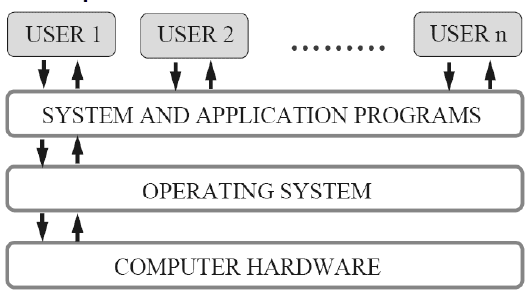Analog-to-Digital Conversion
Analog-to-Digital Conversion (ADC) is the process of converting continuous analog signals into discrete digital values. This conversion is essential in various applications where analog signals need to be processed, analyzed, or stored digitally. Here’s an overview of analog-to-digital conversion, covering principles, techniques, and applications:
Principles
of Analog-to-Digital Conversion
- Sampling:
- Sampling Rate:
Analog signals are sampled at regular intervals to capture their amplitude
at discrete time points.
- Nyquist Theorem:
The sampling rate must be at least twice the highest frequency present in
the analog signal to avoid aliasing.
- Quantization:
- Quantization Levels: The continuous range of analog signal amplitudes is
divided into a finite number of discrete levels.
- Resolution:
The number of bits used to represent each sample determines the
quantization step size and the dynamic range of the digital signal.
- Analog Input Range:
- The range of voltages or currents that an ADC can
accurately convert into digital values without saturation or clipping.
Types
of Analog-to-Digital Converters (ADCs)
- Types Based on Conversion Technique:
- Successive Approximation ADC: Iteratively approximates the analog input with
digital feedback to converge on the closest digital value.
- Flash ADC:
Uses a bank of comparators to rapidly determine the closest digital value
based on the analog input voltage.
- Delta-Sigma ADC:
Converts analog signals by oversampling and applying noise shaping
techniques to achieve high resolution.
- Types Based on Sampling Method:
- Single-Ended ADC: Converts a single analog input channel.
- Differential ADC: Compares the difference between two input signals to
improve noise immunity and common-mode rejection ratio.
- Resolution:
- Bit Resolution:
Indicates the number of bits used in the digital representation (e.g.,
8-bit, 12-bit, 16-bit).
- Higher bit resolutions provide finer quantization and
increased dynamic range but require more processing power and memory.
Steps
in Analog-to-Digital Conversion
- Sampling:
- The analog signal is sampled at regular intervals
determined by the sampling rate.
- Quantization:
- Each sample's amplitude is quantized into a digital
value based on the ADC's resolution and reference voltage.
- Encoding:
- The quantized digital value is encoded into a binary
format (e.g., straight binary, two's complement).
- Output:
- The digital values are outputted serially or in
parallel for further processing, storage, or transmission.
Factors
Affecting ADC Performance
- Accuracy:
How closely the digital output represents the original analog signal.
- Resolution:
Determines the number of possible discrete values the ADC can produce.
- Sampling Rate:
Determines how frequently the analog signal is sampled.
- Linearity:
How well the ADC's transfer function approximates a straight line.
- Noise:
Unwanted fluctuations in the ADC output due to environmental or internal
factors.
Applications
of Analog-to-Digital Conversion
- Digital Signal Processing: Processing and analysis of signals in
telecommunications, audio/video processing, and scientific
instrumentation.
- Measurement and Control Systems: Acquiring data from sensors (e.g., temperature,
pressure) for monitoring and control purposes.
- Medical and Biomedical Applications: Acquiring physiological signals (e.g., ECG, EEG) for
diagnosis and monitoring.
- Communications:
Converting voice and data signals into digital format for transmission and
reception.
- Consumer Electronics:
Digital audio recording, photography (digital cameras), and multimedia
devices.
- Industrial Automation:
Monitoring and controlling processes using digital sensor data for
feedback and analysis.
Analog-to-digital conversion is a
fundamental process in modern electronics and communications, enabling the
transformation of real-world analog signals into digital data for processing,
analysis, and communication across a wide range of applications.



Comments
Post a Comment